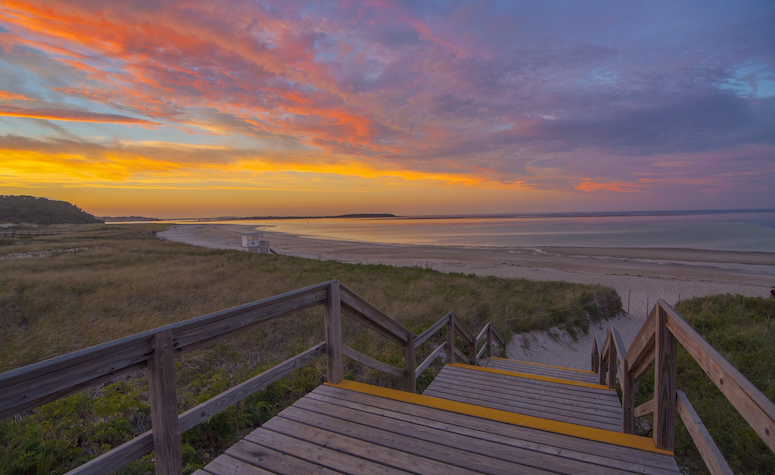
We who embrace the annual chill of winter in order to explore the mountains are equally enthusiastic when New England’s beaches beckon us in summer to enjoy their sun-soaked soft sands, refreshing breezes, and invigorating surf. Sure, we can acknowledge that western ski resorts have an edge on winter [Maybe — ed.], but when it comes to beach season, those landlocked mountain states simply can not compete.
New England’s beach game is on point, perhaps no more so than at a pair of Massachusetts beaches along the North Shore.
About 11 miles long, Plum Island Beach in Newburyport (www.newburyport.com/plum-island-beach) is a barrier island that shelters Plum Island Sound, the Plum Island River, and the mouths of the Parker, Rowley, Eagle Hill, and Ipswich rivers. It is a favorite destination for those interested in sunbathing, fishing, hiking, or simply exploring coastal wildlife habitats.
The island gets its name from the wild beach plum shrubs that grow in its dunes, but the sands famously cast a purple hue at high tide due to tiny crystals of pink pyrope garnet. The Great Marsh grasslands between the island and the mainland are laced with tidal creeks that channel through the mud flats, tidal estuaries that fortify shellfish beds. Most of the island, which encompasses the city of Newburyport and the towns of Newbury, Rowley, and Ipswich, is managed by the Parker River National Wildlife Refuge.



